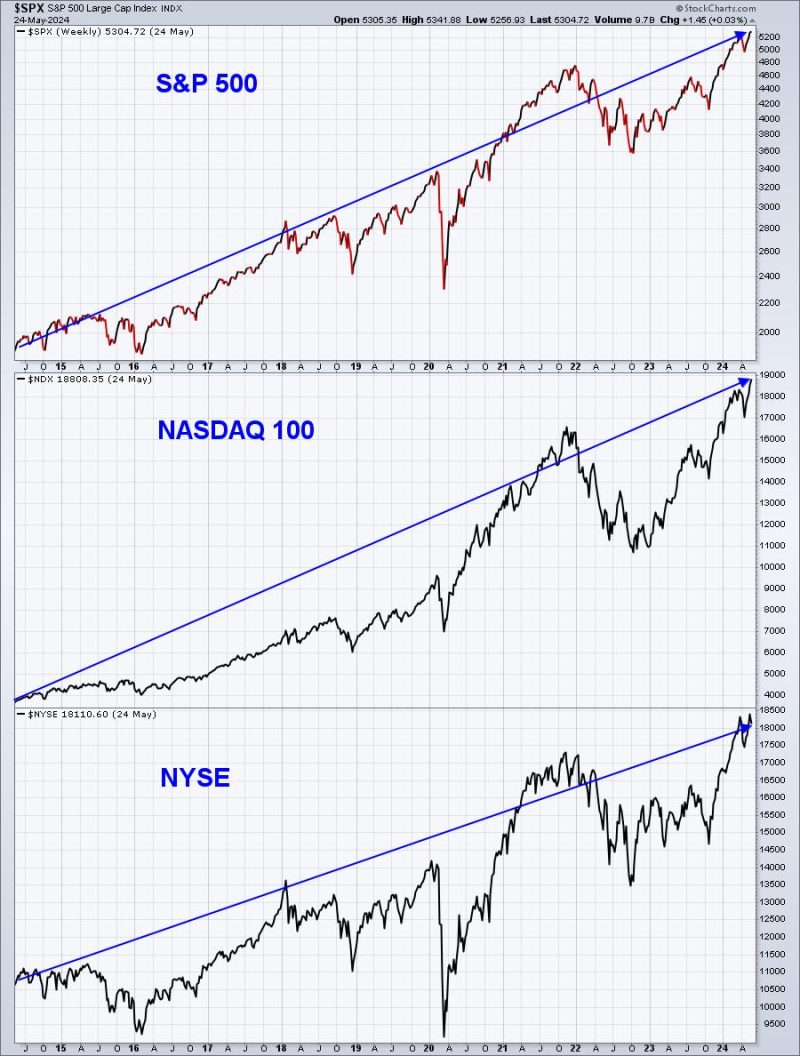Step 1: Set Clear Goals and Objectives
Before embarking on your trading journey, it is crucial to establish clear goals and objectives. Define what you aim to achieve through trading, whether it be to generate consistent profits, build wealth over the long term, or enhance your financial security. By setting specific and achievable goals, you provide yourself with a roadmap to guide your trading decisions and actions.
Take the time to assess your risk tolerance, financial resources, and time commitment available for trading. Understanding your personal circumstances will help you establish realistic goals that align with your capabilities and limitations. Additionally, consider setting both short-term and long-term goals to provide direction and motivation throughout your trading journey.
Once you have established your goals, create a trading plan that outlines your trading strategies, risk management rules, and performance metrics. Regularly review and update your goals and trading plan to ensure they remain relevant and in line with your evolving objectives and circumstances.
Step 2: Develop a Disciplined Trading Strategy
Successful trading requires a disciplined approach based on a well-defined trading strategy. Identify a trading style that suits your personality, risk tolerance, and financial goals, whether it be day trading, swing trading, position trading, or a combination of different styles. Develop a systematic trading strategy that outlines the criteria for entering and exiting trades, managing risk, and monitoring performance.
Consider utilizing technical analysis, fundamental analysis, or a combination of both to identify potential trading opportunities. Backtest your trading strategy using historical data to assess its effectiveness and refine it as needed. Implement strict risk management measures, such as setting stop-loss orders and position sizing rules, to protect your capital and minimize losses.
Maintain discipline by following your trading plan and strategy consistently, avoiding emotional decision-making, and staying focused on your long-term goals. Review your trading performance regularly to identify strengths and weaknesses in your strategy and make necessary adjustments to improve your results over time.
Step 3: Continuously Educate Yourself
The financial markets are dynamic and constantly evolving, making continuous education essential for staying informed and improving your trading skills. Stay updated on market trends, economic indicators, and news events that may impact your trading decisions. Utilize a variety of educational resources, such as books, online courses, webinars, and trading forums, to expand your knowledge and enhance your trading expertise.
Consider seeking guidance from experienced traders or mentors who can provide valuable insights and feedback on your trading approach. Networking with other traders and participating in trading communities can also offer opportunities for learning, sharing ideas, and gaining new perspectives on trading strategies and techniques.
Experiment with different tools and technologies, such as trading platforms, charting software, and analytical tools, to enhance your trading efficiency and effectiveness. Embrace a growth mindset and remain open to learning from both successes and failures to continuously improve your trading process and results.
Step 4: Cultivate Patience and Persistence
Trading can be a challenging and demanding endeavor that requires patience, persistence, and resilience. Accept that losses and setbacks are inevitable in trading and focus on learning from these experiences rather than becoming discouraged. Cultivate a positive mindset and maintain a long-term perspective, recognizing that trading success is a marathon, not a sprint.
Develop a routine that promotes discipline, consistency, and mental resilience in your trading practice. Avoid impulsive trades based on emotions or short-term market fluctuations, and instead, prioritize sound decision-making based on your trading strategy and analysis. Take breaks when needed to recharge and maintain a healthy work-life balance to prevent burnout and maintain peak performance.
Celebrate your successes and milestones along your trading journey to stay motivated and reinforce positive habits. Set realistic expectations and acknowledge that trading success takes time and effort to achieve. By cultivating patience, persistence, and a growth mindset, you can navigate the challenges of trading and work towards achieving your financial goals and aspirations.




























